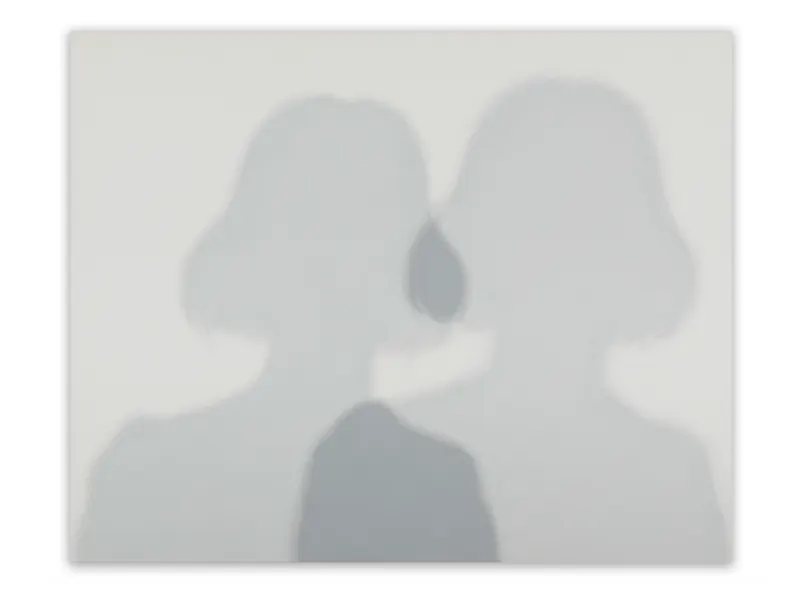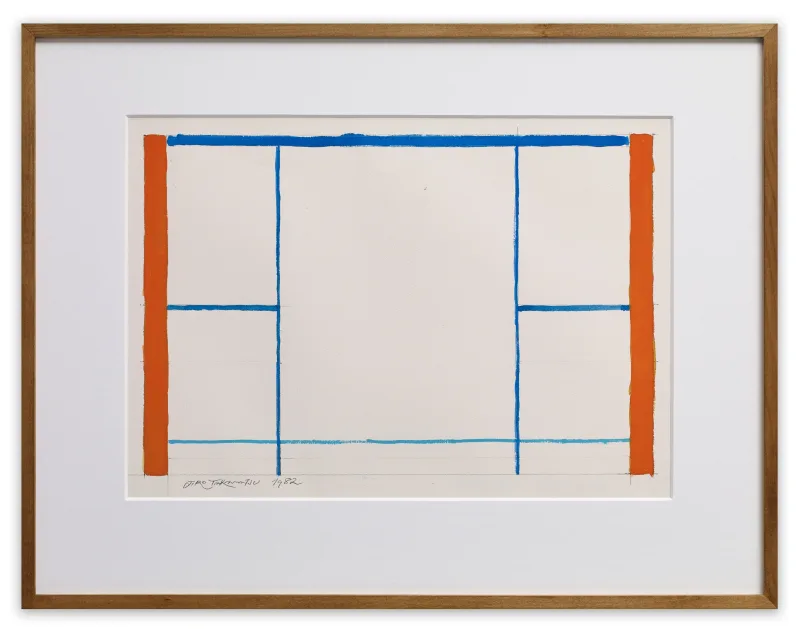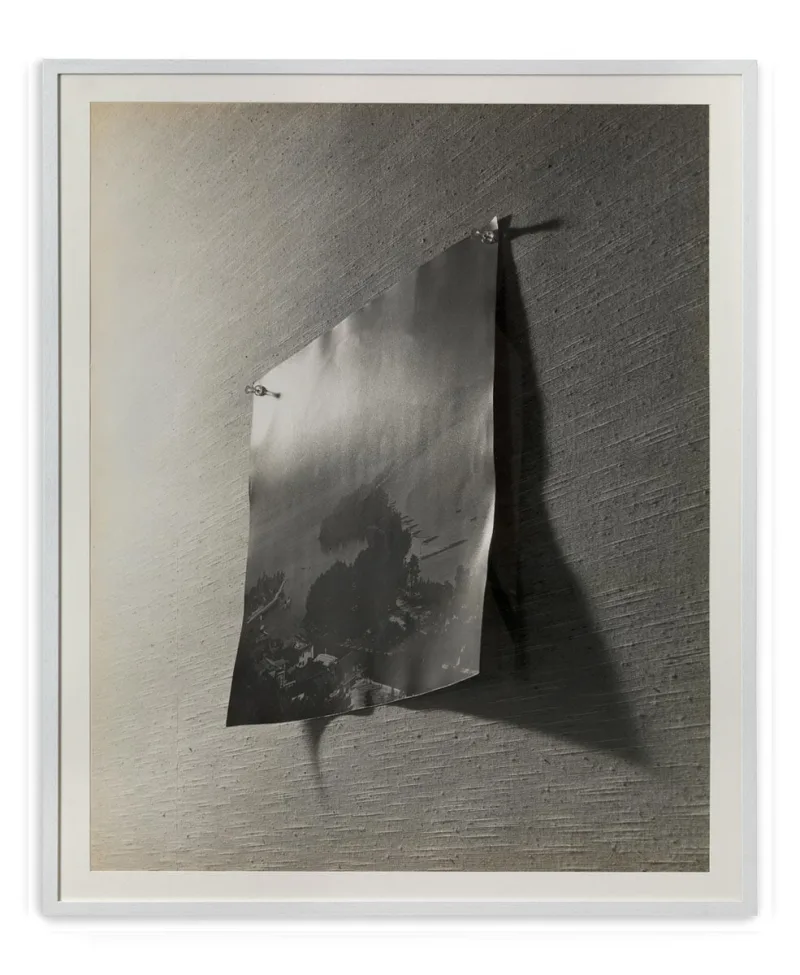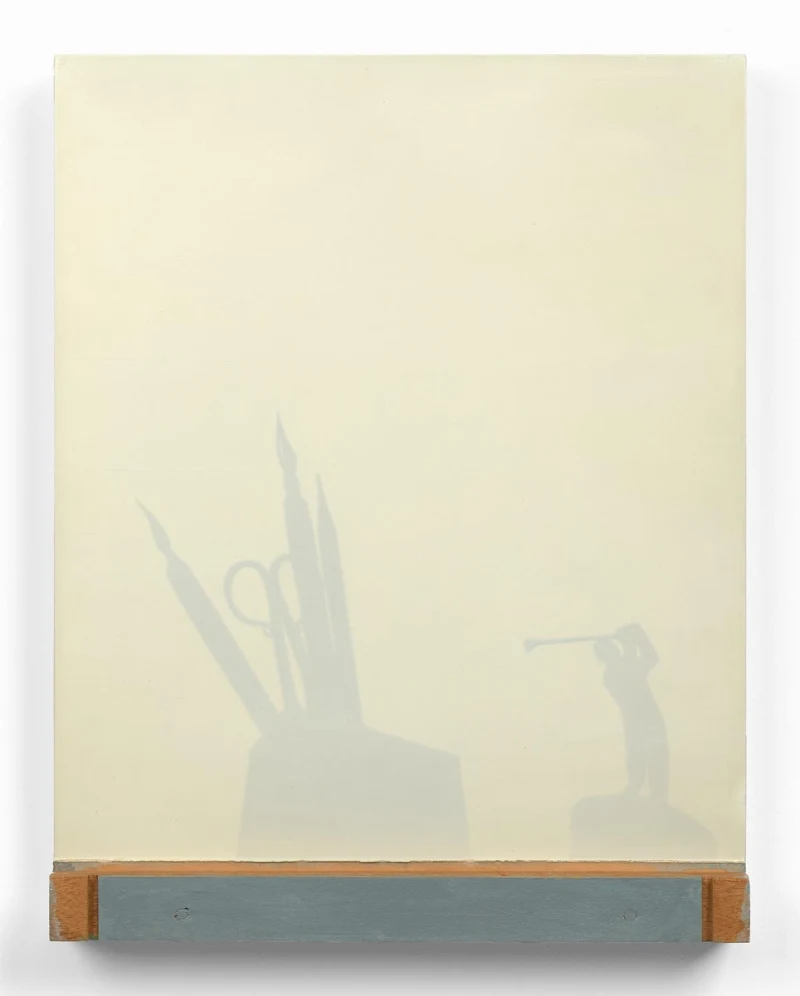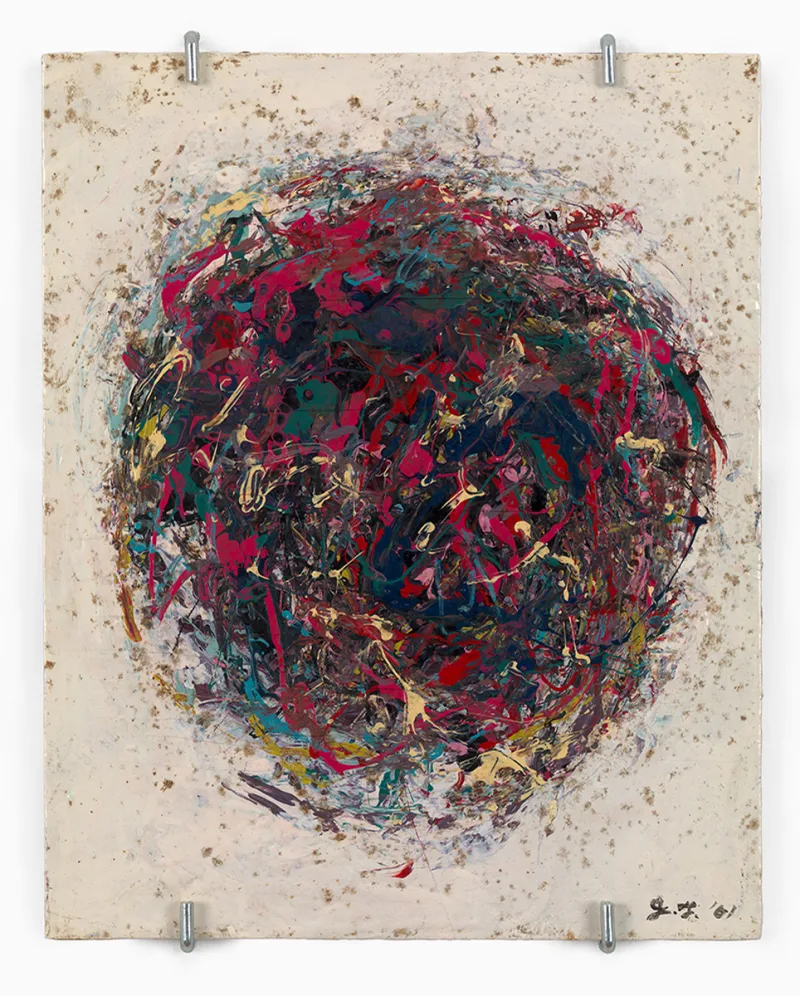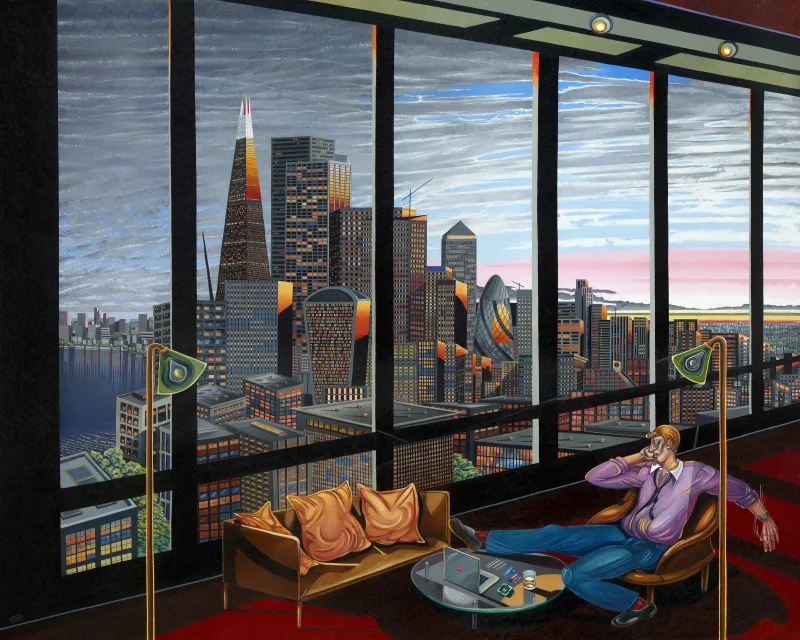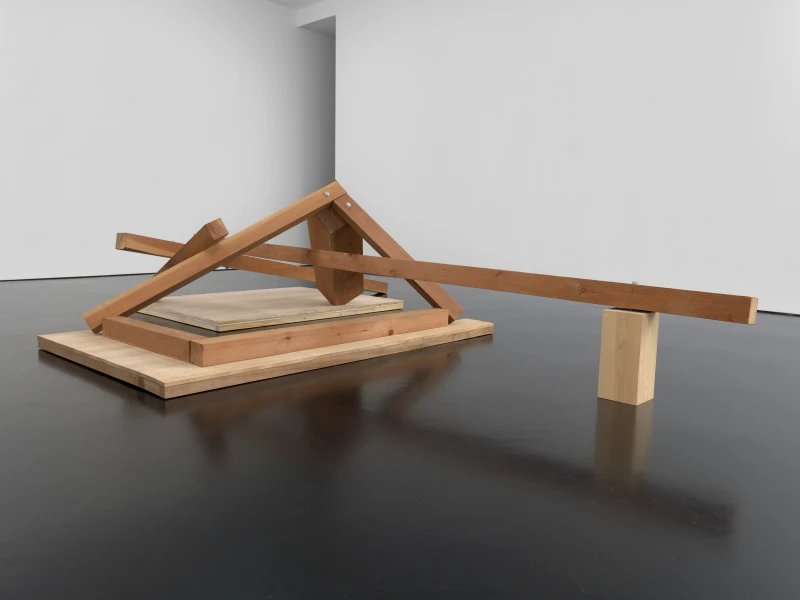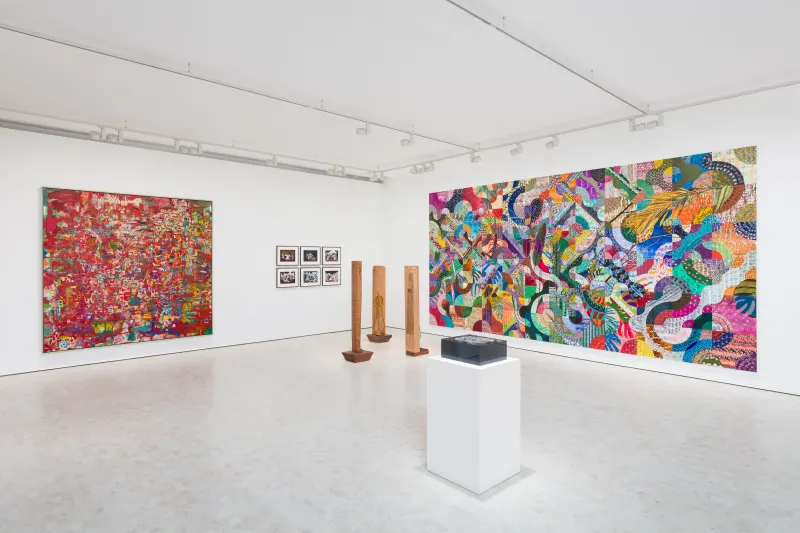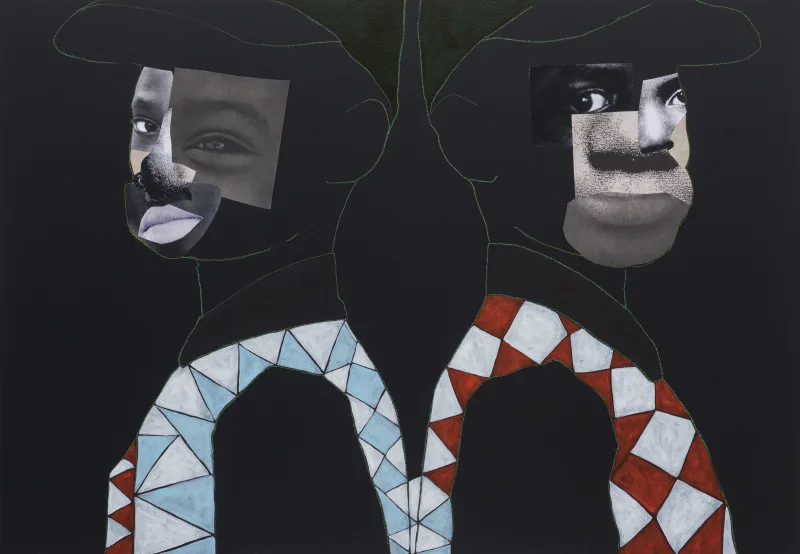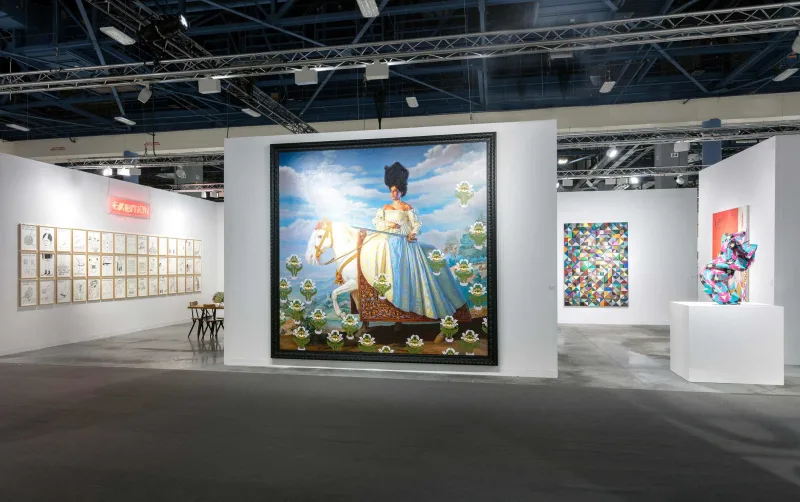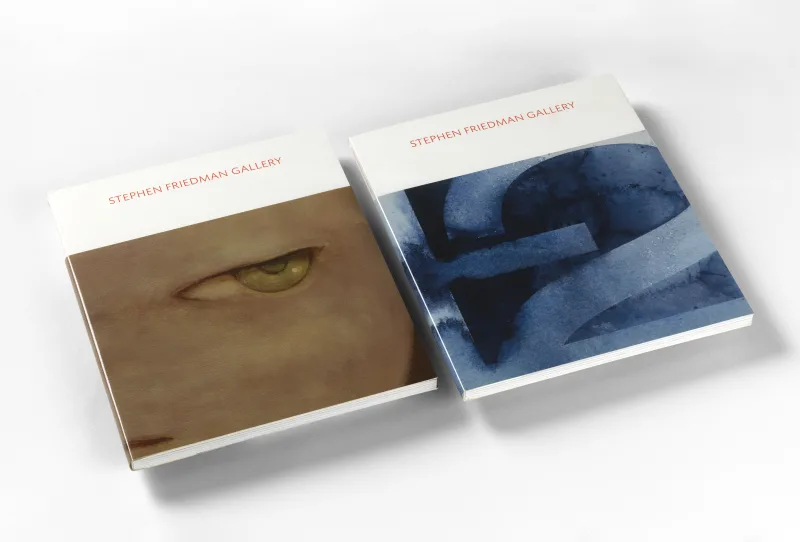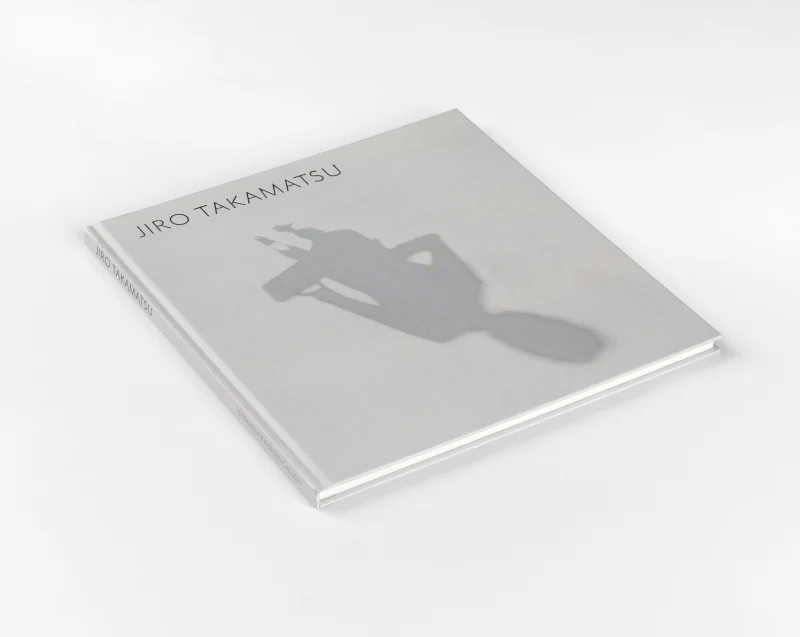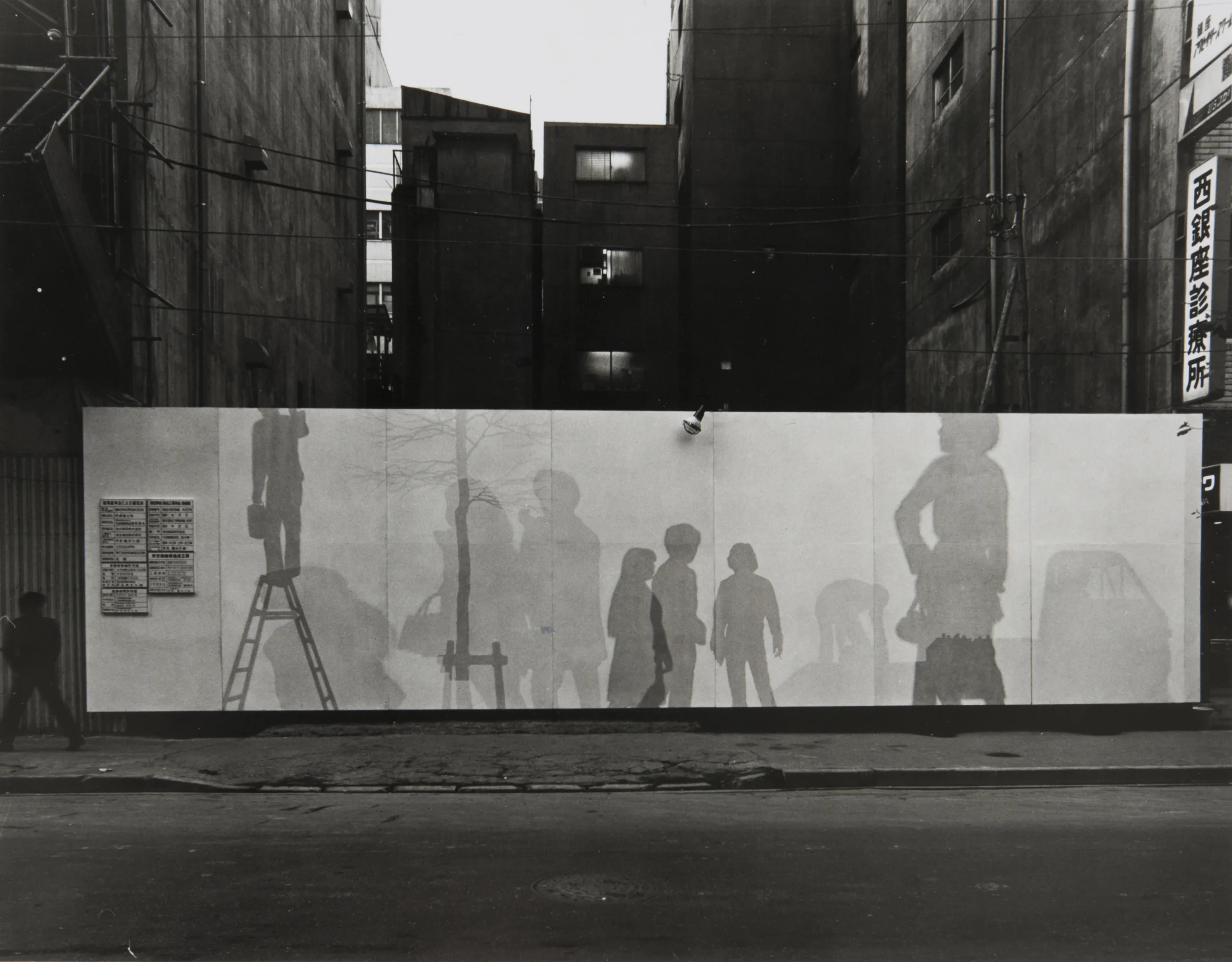
Jiro Takamatsu
Overview
A central figure in post-war Japanese art, Jiro Takamatsu expanded points into volume, brought sculptural actions into the daily city life of Tokyo, made shadows and perspective tangible and mined the particular properties of sculptural materials.
A central figure in post-war Japanese art, Jiro Takamatsu expanded points into volume, brought sculptural actions into the daily city life of Tokyo, made shadows and perspective tangible and mined the particular properties of sculptural materials.
Jiro Takamatsu was born in 1936, Tokyo, Japan. He died in 1998.
Takamatsu was an influential artist, theorist, and teacher in 1960s and 1970s Japan. His work combined subversive and playful aspects of Dada and Surrealism with an idiosyncratic use of Minimalism’s refined visual language. After finishing studies in oil painting at the Tokyo National University of Fine Arts and Music in 1958, Takamatsu worked in a range of media, including sculpture, photography, painting, drawing, and performance.
Like Japan’s Gutai Bijutsu Kyokai (Gutai Art Association, 1954–72), a group that sought to move away from museums, galleries and other institutional settings, Takamatsu created public interventions or activities outside the confines of exhibition spaces. With artists Genpei Akasegawa and Natsuyuki Nakanishi, Takamatsu formed the collective Hi Red Center (1963–64), which carried out actions in Tokyo to call attention to issues faced in the post-war urban climate. Takamatsu is also widely associated with the movement ‘Mono-Ha’ (‘School of Things’, 1967–79). Seeking to “reveal the world as it is”, ‘Mono-Ha’ engaged the world through gesture, action, process and experimentation, rather than formal studio-art methods or finished artworks.



